From Wi-Fi to Li-Fi: How LEDs in light bulbs will be the basis for the next generation of wireless internet
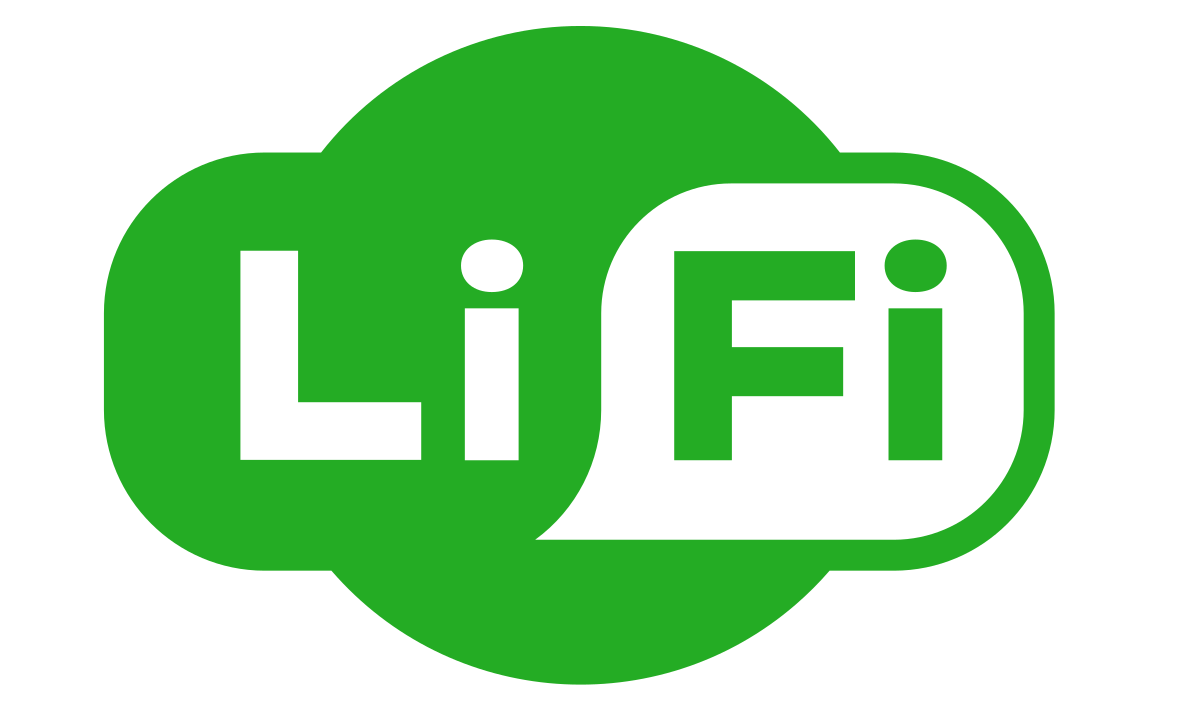
Li-Fi, or light-based communication, could be the next big step in wireless technology. Unlike Wi-Fi, which uses radio waves, Li-Fi transmits data using light.
Here's What We Know
This technology is theorised to be able to create data transfer speeds of up to 224 Gbps. This far exceeds the expected download speed of Wi-Fi 7, which is around 40 Gbps. Li-Fi transmits information using LEDs that can flash at very high speeds that are imperceptible to the human eye. Transmitting data through lights in a room makes it safer as the signals do not pass through walls.
The technology already has standards such as IEEE 802.11bb and ITU G.9991, and companies such as pureLiFi are already producing devices that comply with these standards. For example, the Light Antenna One system from pureLiFi can transmit data at speeds of up to 1Gbps over distances of up to 3 metres. Li-Fi can be easily integrated into lighting fixtures, making it ideal for offices and other spaces.
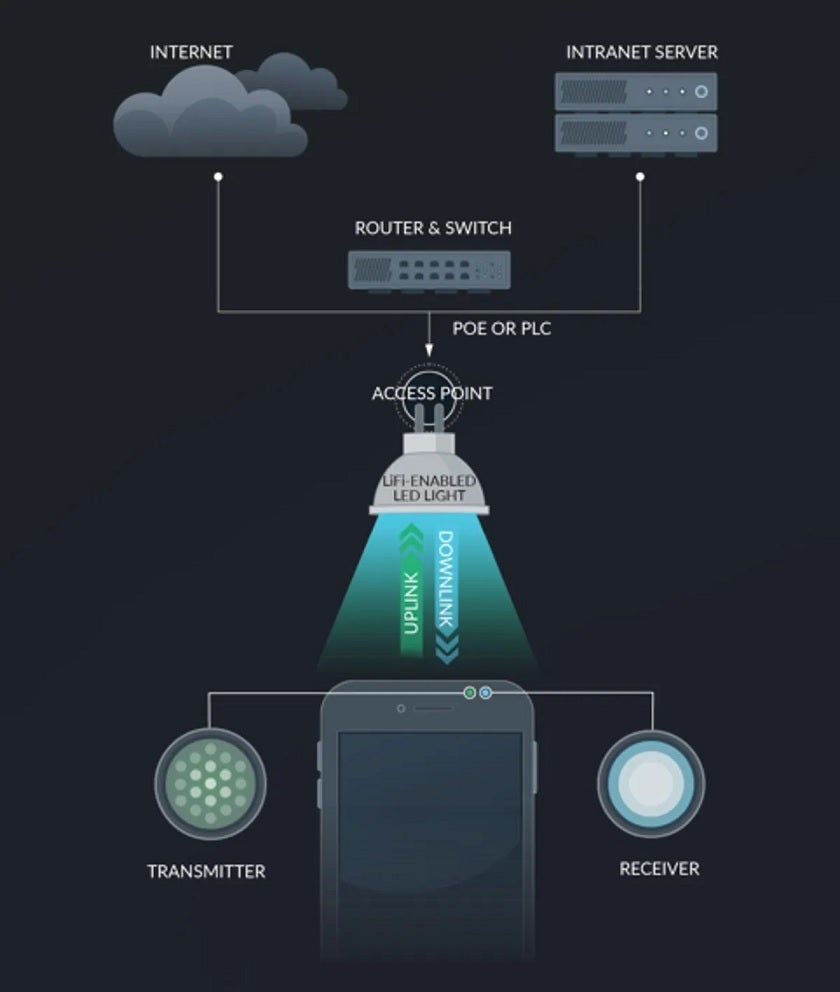
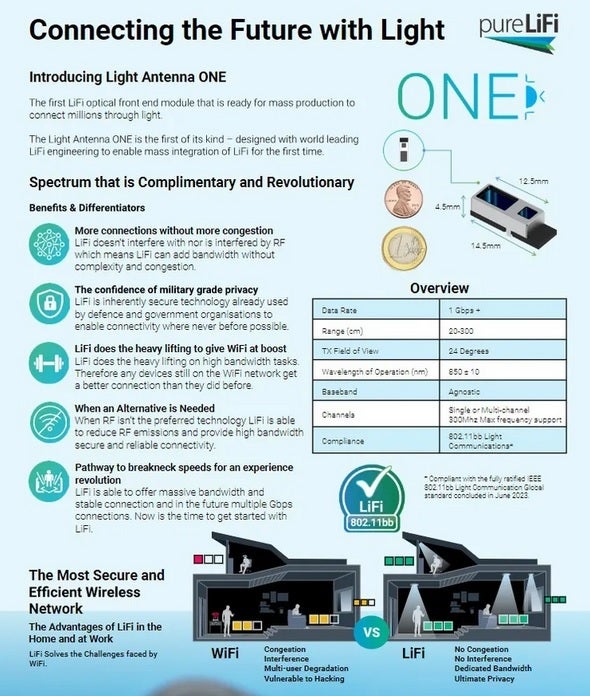
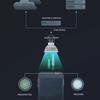
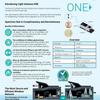
In addition to high data rates, Li-Fi promises low latency, which is especially important for augmented and virtual reality applications as well as gaming. Li-Fi could become a technology as commonplace as Wi-Fi in the coming years.
Source: Phonearena